Human-caused landscape change is a major reason for the loss of wild species, but it is often vital for economic development. The impact on wildlife is especially evident for wide-ranging large carnivores, given these species’ expansive landscape requirements and potential for conflict with humans. By examining environmental and human dimensions, alongside habitat suitability and landscape connectivity modelling under different scenarios, this work aims to provide a strong scientific foundation to underpin the development of policy relevant strategies that balance economic development with wildlife conservation goals.
CONSERVATION CONTEXT
Reconciling priorities for economic development and biodiversity conservation is amongst the greatest challenges facing humanity. Bhutan, a Himalayan biodiversity stronghold known for its environmental stewardship and sustainable growth, is facing accelerating economic imperatives against its longstanding conservation ethos. Due to the current planning of major land use changes, alongside a legacy of rich biodiversity, Bhutan provides an opportunity to address these issues in the context of conserving large carnivores as umbrella species for broader biodiversity conservation.
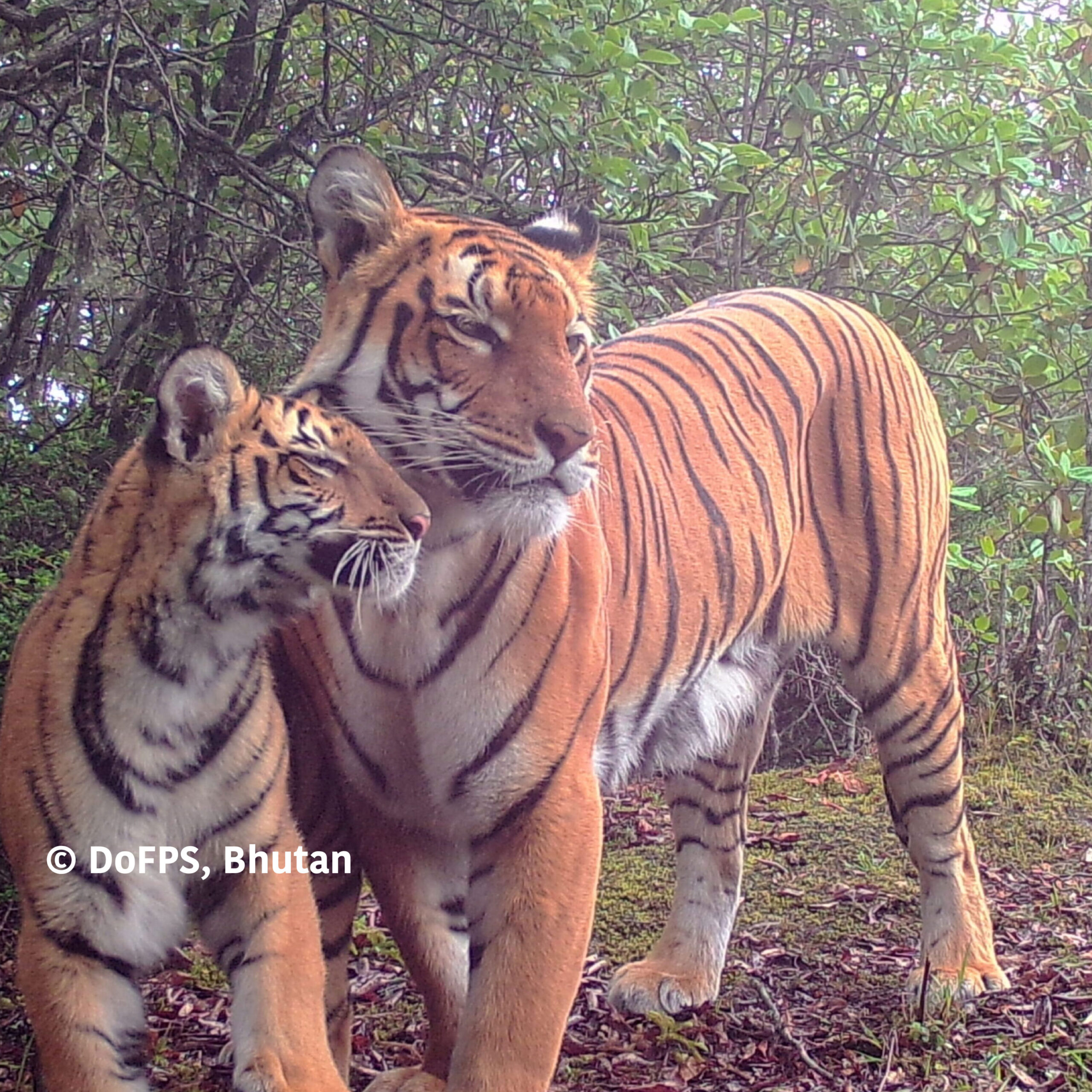
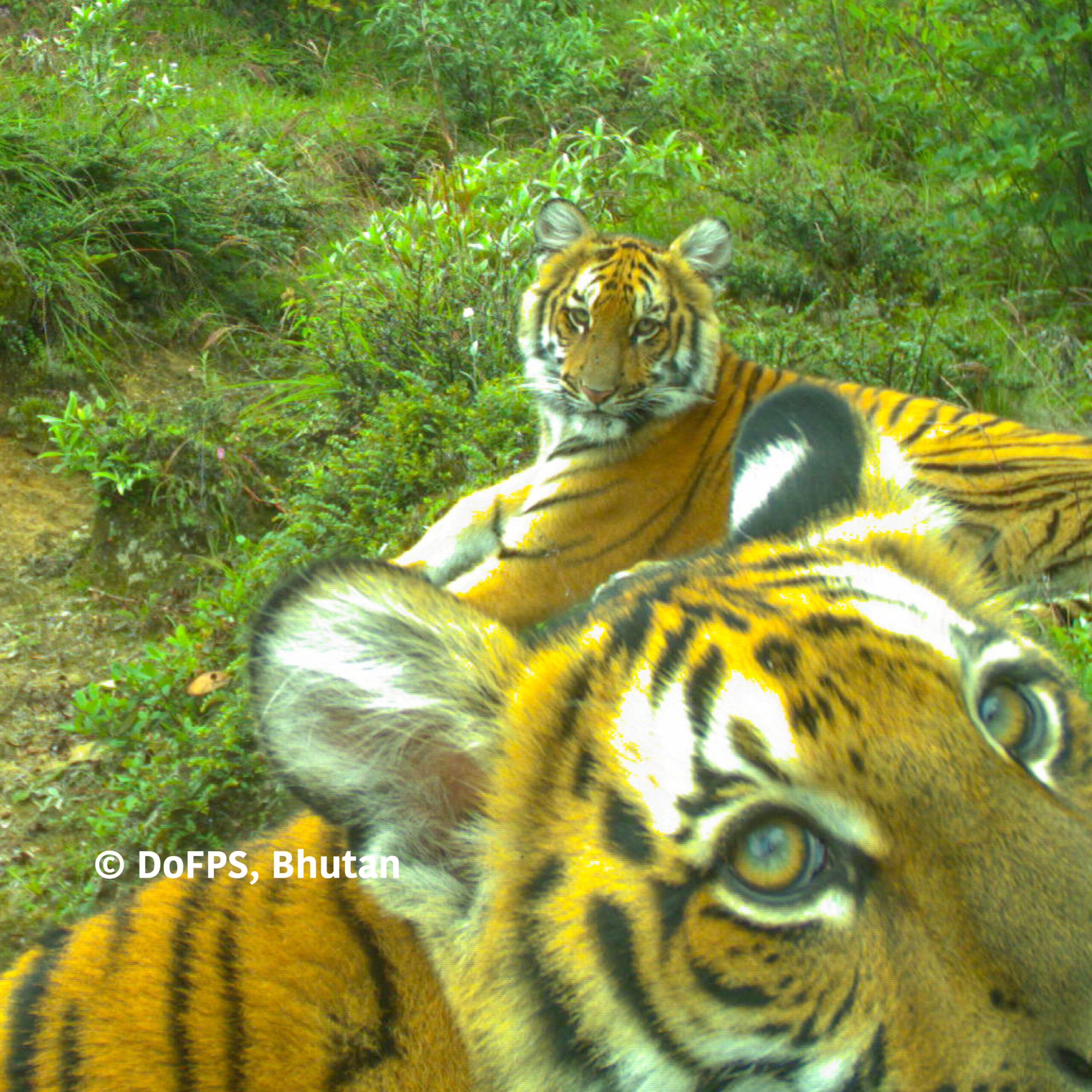
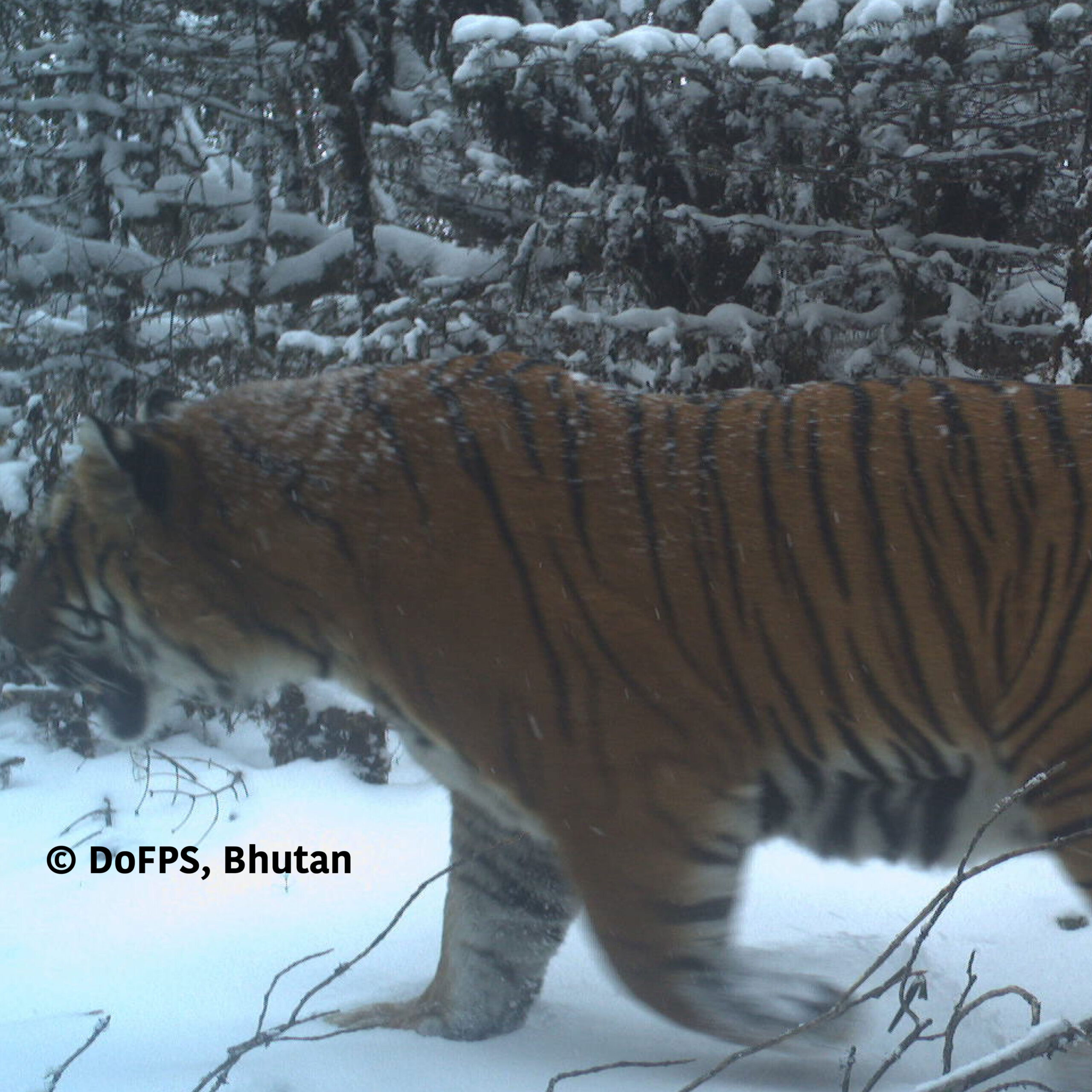
APPROACH
Integrating large carnivore conservation into Bhutan’s development and restoration planning
In this research, we aim to model a range of current and future conservation and development scenarios to evaluate their impacts on connectivity and population dynamics of three large carnivores, tiger, leopard and dhole. The scenarios include strategic road and hydropower expansions and the Gelephu Mindfulness City Special Administrative Region. These insights will support the formulation of policy relevant strategies that reconcile the needs of both economic development and biodiversity conservation.
Prioritization of key conservation areas and wildlife corridors using Connecting Landscapes Decision Support System
Using extensive camera‐trap data from Bhutan’s second National Tiger Survey – the largest biodiversity assessment to date, and the newly available Connecting Landscapes (CoLa) Decision Support System (DSS), we will evaluate how current and future development scenarios affect target species’ connectivity and population viability, prioritize core areas and corridors, and develop realistic alternative restoration scenarios.
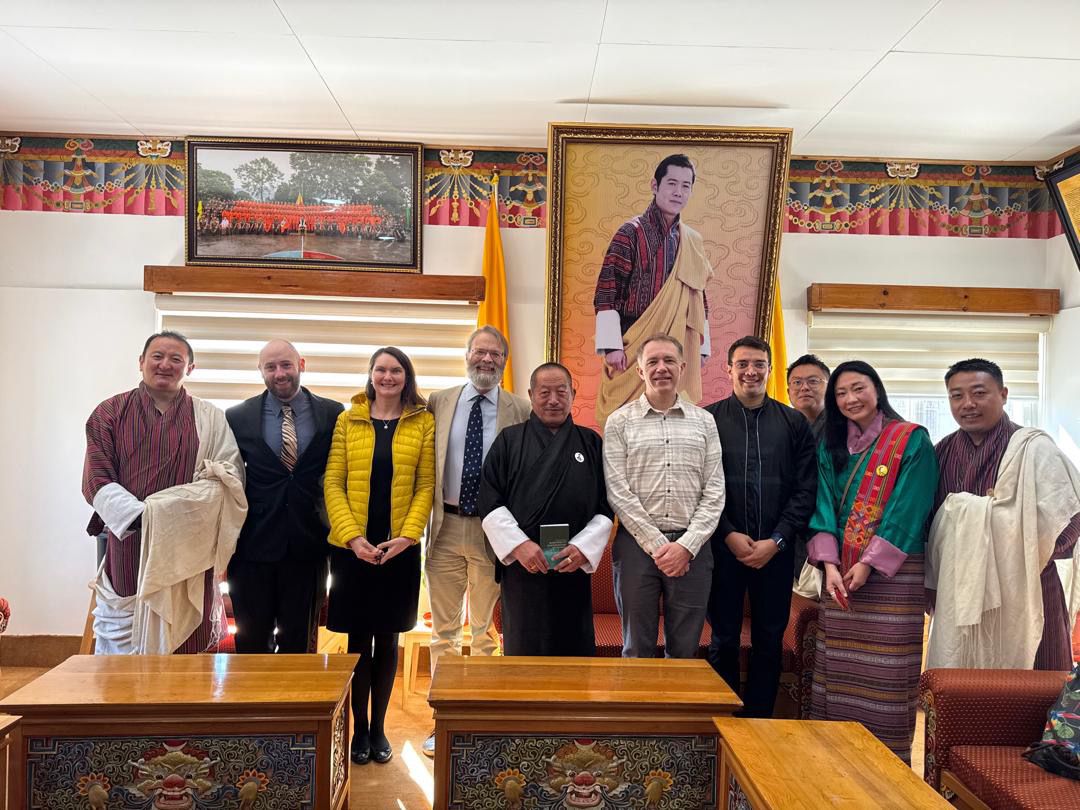
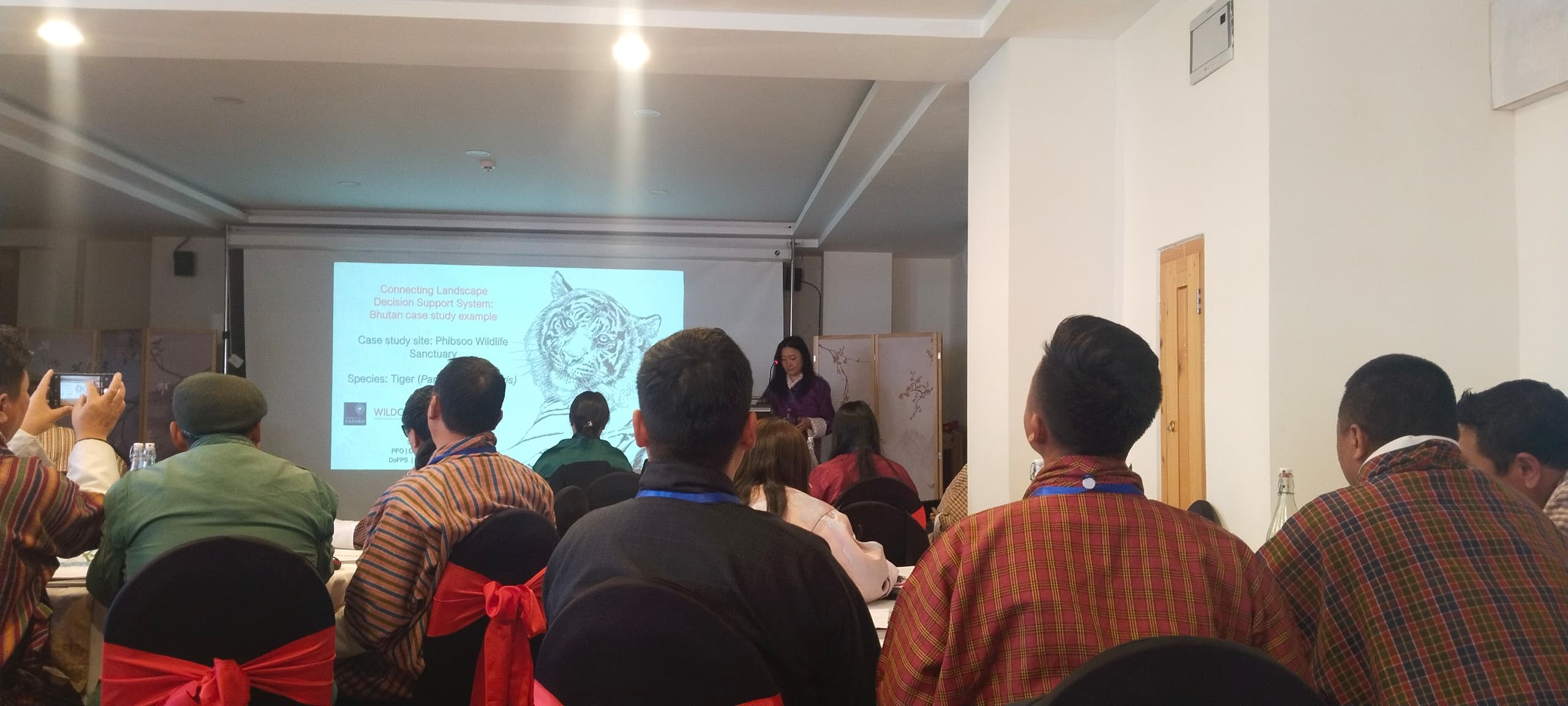
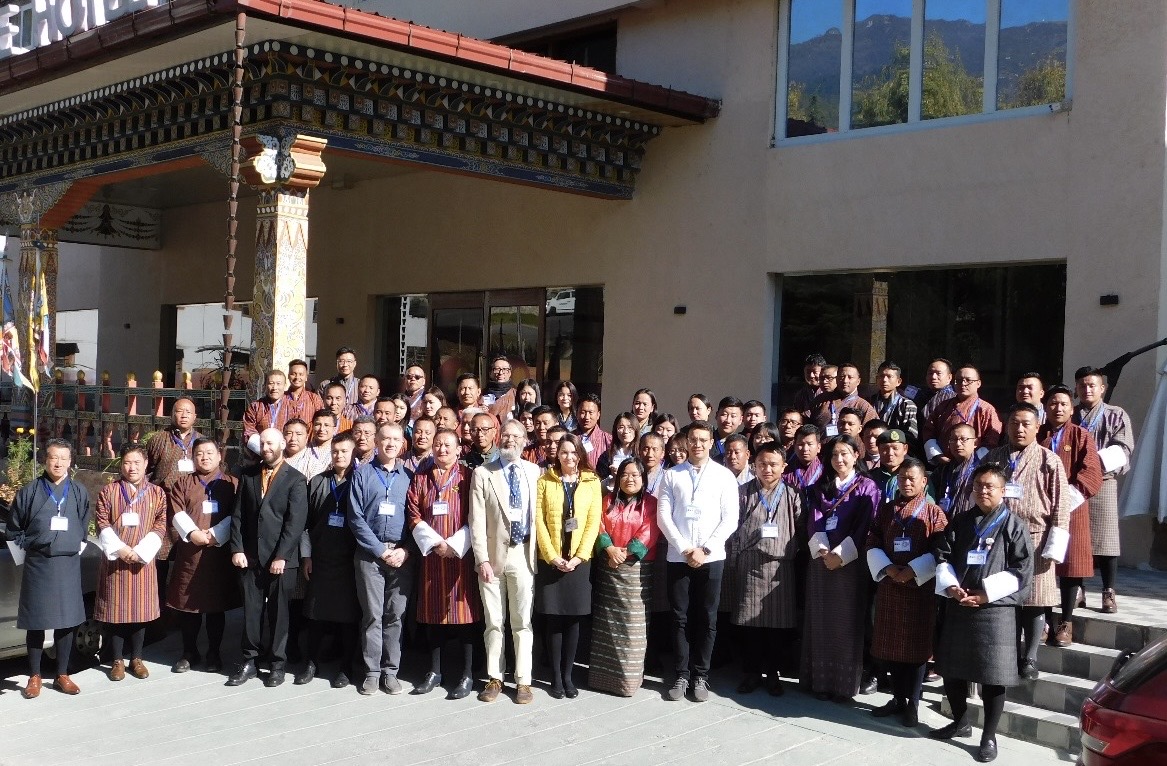
IMPACT HIGHLIGHTS
Delivered CoLa DSS capacity-building and awareness training in December 2024 to 70 participants including environmental officers, protected area managers, and forestry officers from Bhutan’s Ministry of Energy and Natural Resources
PROJECT MEMBERS
Singye Wangmo, a DPhil candidate at WildCRU, leads this project under the supervision of Prof Amy Dickman and Dr Andrew Loveridge, with guidance from Prof David Macdonald, Dr Samuel Cushman, and Dr Caroline Sartor.
PROJECT PARTNERS
This research is supported by the Department of Forests and Park Services, Ministry of Energy and Natural Resources, and the Royal Government of Bhutan.

